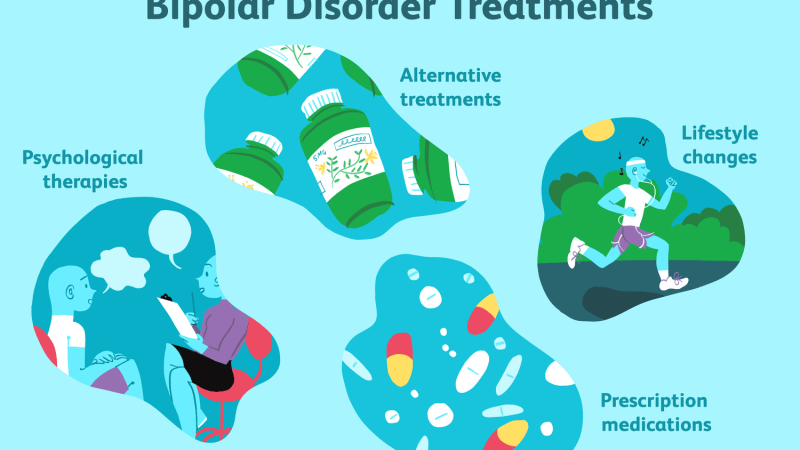In an era where leaders are scrutinized in real time on LinkedIn feeds, all-hands Zoom calls, and global news cycles, Personal Branding & Communication is no longer optional. It is the strategic engine behind Effective Leadership Communication—the ability to persuade internal teams, inspire customers, and sway stakeholders. When handled deliberately, your personal brand becomes a force multiplier, amplifying every message you deliver. Fail to control it, and the narrative will write itself—often to your detriment.
Why Personal Branding Matters for Leaders
- Credibility on Demand
A clear personal brand signals consistency. When audiences know what you stand for, trust is built faster, accelerating decision cycles. - Magnetic Employer Branding
Visionary leaders attract top talent. Public commitments to innovation, inclusion, or sustainability become recruitment assets. - Crisis Cushion
A well-established brand creates a reservoir of goodwill. In a reputational storm, loyal followers are more inclined to give benefit of the doubt. - Thought-Leadership Leverage
Publishing insightful articles, podcast interviews, or conference keynotes positions you as an authority, opening doors to partnerships and revenue streams.
Foundations of Effective Leadership Communication
To translate a strong personal brand into organizational impact, leaders must master five communication fundamentals:
- Clarity Over Complexity
Convert strategy decks into concise narratives that anyone from intern to investor can repeat. - Authenticity
Teams sense dissonance instantly. Share personal anecdotes, admit missteps, and credit contributions openly. - Audience Adaptation
An engineer, a board member, and a Gen Z social media manager process information differently. Tailor depth, channel, and tone accordingly. - Active Listening
Two-way communication boosts engagement scores. Build Q&A time into town halls and invite anonymous feedback. - Consistency
Repetition across channels cements key messages. A single incongruent tweet can unravel months of effort.
Tactical Playbook: From Message to Movement
- Storytelling Frameworks
Problem → Action → Result structures turn dry metrics into memorable success stories. Close quarterly reviews by narrating customer wins rather than listing KPIs. - Digital Footprint Audits
Quarterly Google yourself. Remove outdated bios, update media quotes, and refresh SEO metadata to keep search results on-brand. - Video Micro-Content
Ninety-second leadership vignettes outperform text posts on social platforms. Shoot vertical videos summarizing weekly priorities to humanize remote leadership. - Internal Podcasting
Launch a five-minute “Monday Kickoff” audio series. Team members can absorb strategy while commuting, reinforcing asynchronous culture. - Crisis Communication Templates
Pre-draft holding statements aligned to your brand values. Speed matters when misinformation spreads at algorithmic velocity.
Case Snapshot: From Obscure Founder to Industry Voice
When a mid-market SaaS CEO recognized stagnant LinkedIn engagement, she invested in Personal Branding & Communication coaching. By clarifying her brand promise—“Democratizing predictive analytics for non-data scientists”—and pairing it with weekly thought-leadership posts, she achieved:
- 3× increase in inbound partnership requests within six months.
- 40 % faster sales cycles, attributed to heightened prospect trust.
- A 15-point boost in employee-engagement scores, as teams felt aligned with a compelling mission.
The lesson: a strategic personal brand fuels both external growth and internal cohesion.
Integrating Personal Branding & Communication Into Culture
- Leadership Development Tracks
Embed personal-branding modules into management training. Rising stars learn to communicate vision early. - Content Collaboration
Partner with marketing teams to co-create articles or white papers, ensuring your voice is polished yet authentic. - Feedback Loops
Use pulse surveys and engagement analytics to refine messaging. Data-driven improvements prevent brand drift. - Mentorship Multipliers
Senior leaders coach successors on brand building, creating a pipeline of communicative executives.
Conclusion
Personal Branding & Communication is the strategic foundation upon which Effective Leadership Communication is built. Craft a clear purpose, understand your audience, and communicate with clarity and authenticity. Leverage modern tactics—from micro-videos to internal podcasts—to amplify your voice and inspire meaningful action. When done right, your personal brand becomes a magnet: drawing talent, customers, and stakeholders into a shared vision that propels sustainable growth. Start shaping your narrative today—because if you don’t, someone else will.






